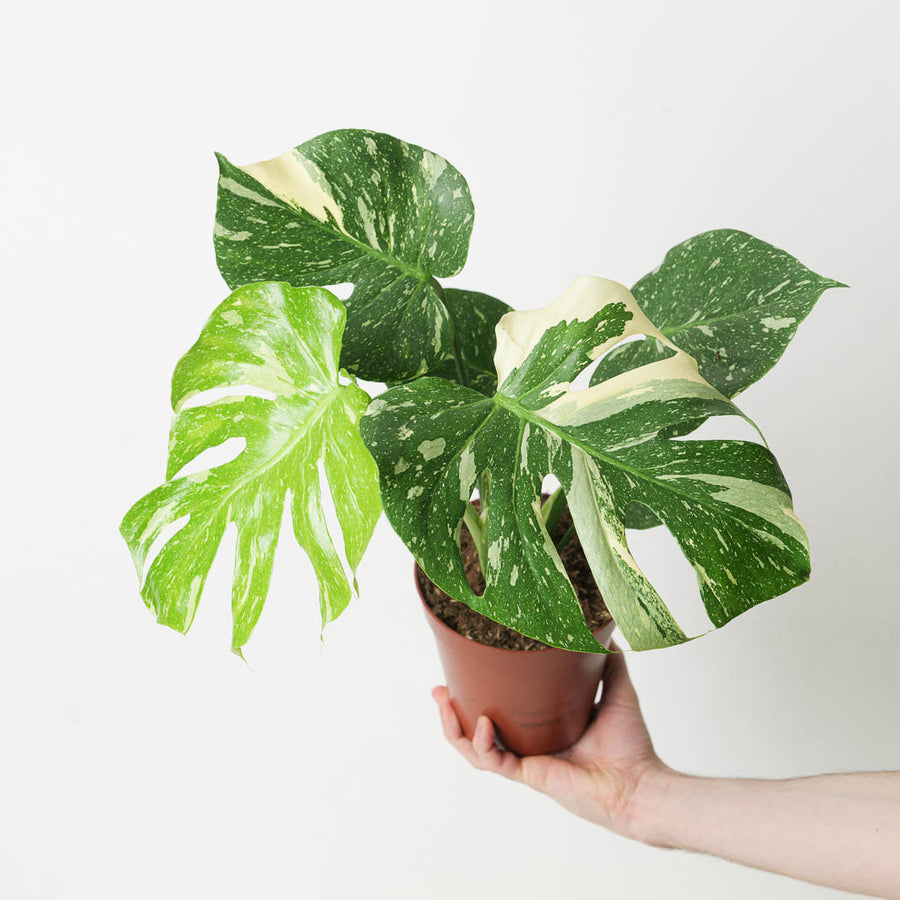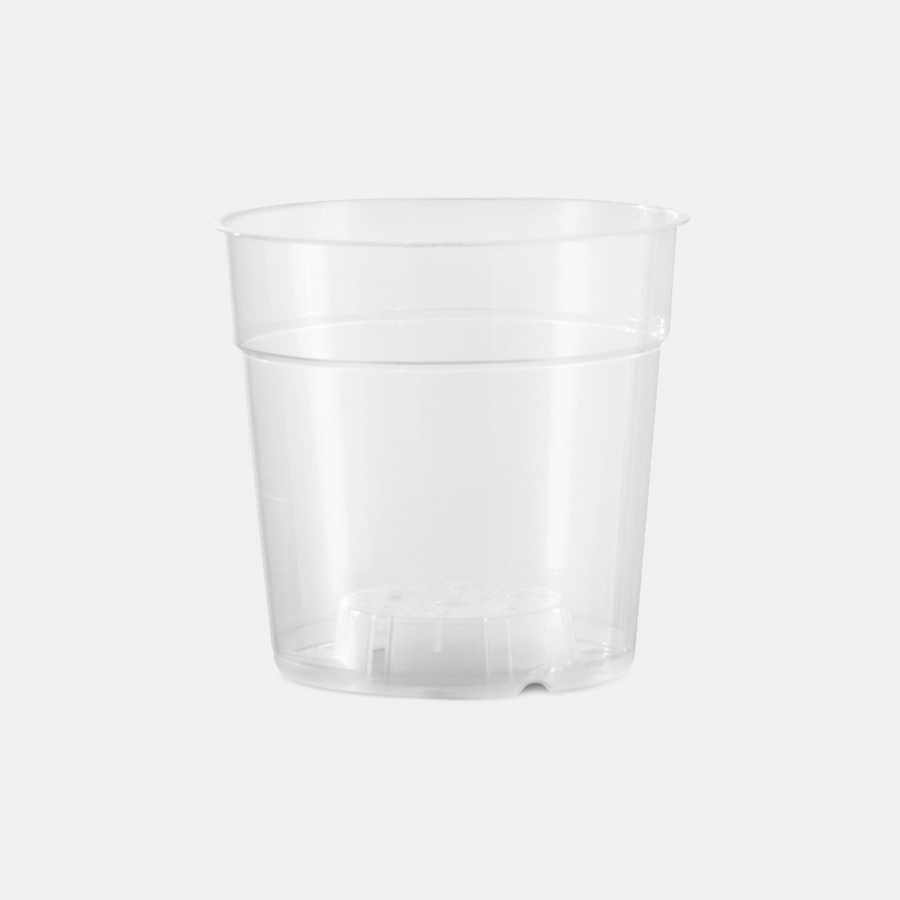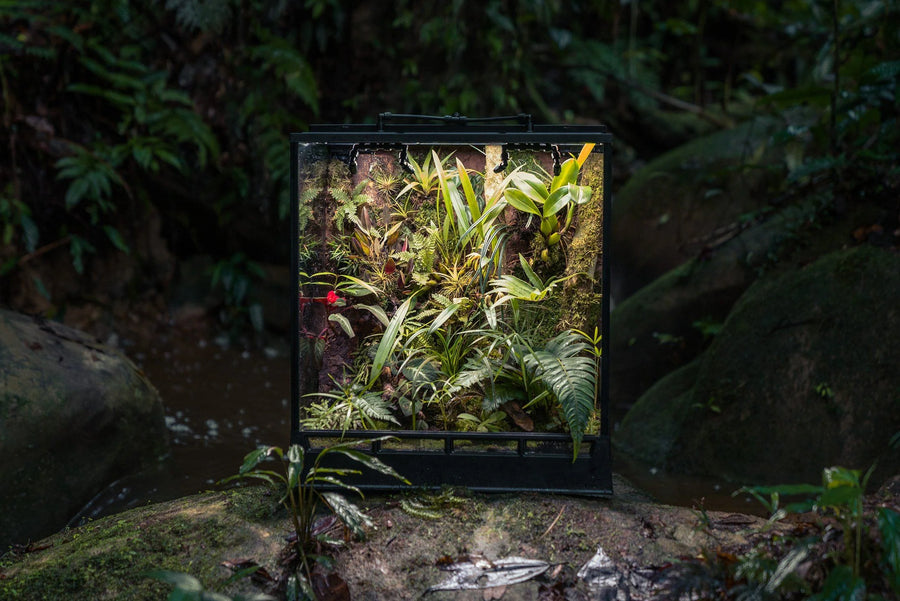Grow Lighting 101
TERMINOLOGY
Kelvin (K)
Kelvin is a way of measuring the colour of light. The lower the K number, the warmer the light. Daylight is approximately 5000-6500K depending on weather conditions and how it is filtered. Daylight coloured grow lighting will be in that range.
Watts (W)
Watts measures the power draw of a fixture. Essentially the wattage of a light indicates how expensive the light will be to run. A 50W light run for 12 hours per day for 30 days will use 18kWh of electricity (50 x 12 x 30 = 18,000).
Wattage and Lumens differ due to the efficiency of a light source. For example incandescent is much less efficient than fluorescent, which again is much less efficient than LED. Roughly speaking LED is 2x more efficient than Fluorescent and 5x more efficient than incandescent. For each watt of electricity, LEDs will produce 2x or 5x more visible light than traditional features.
Lumens (lm)
Lumens is a measure of the amount of light emitted from a source. This measures the amount of light that leaves the light fixture and is probably the most common rating on grow lights. Lumens however is a poor measure of light for a few reasons: Lumens does not account for the spread of light, the colour of light, or the throw of light. Light falls off rapidly. As you double the distance from a light source, the amount of light is reduced by a factor of 4.
The spread of light is important and we are therefore interested in measuring the area that a light covers (or LUX). A light that spreads over a 2m² area from 1m away will be giving the plants approximately 1/4 of the light compared to a light that covers 1m².
LUX (lx)
LUX is the measure of illuminance and is easily measured using a handheld light meter. In simple terms LUX is the amount of light over a surface area. One LUX is equal to one Lumen per square meter. LUX is a much better measure of light than lumens as it reflects the amount of light reaching the leaves of your plant. It is therefore crucial to understand the light requirements and growing habits of your plants.
Footcandles (FC)
Footcandles is the imperial equivalent to LUX (that is based on metric measurements). One FC is one lumen of light per square foot and so can be directly converted from and into LUX:
1 FC = 10.76 LUX
PAR
PAR stands for photosynthetically active radiation and is probably the best measurement of light intensity. PAR only measures the light of the wavelengths 400-700nm that can be used by the plant for photosynthesis. Think of this as a more advanced form of lumens. PAR takes into account only the light that is used by the plant, disregarding the remainder of the visible spectrum.
PAR can be measured using a PAR meter and is valuable to those growing on a large scale, looking to optimise their lighting efficiency by using only photosynthetically active light.
PAR is important when choosing lights because some lighting technology has spikes at different wavelengths. Only the more advanced lighting will offer photometrics showing intensity at different wavelengths. For the majority of home growers, LUX (or FC) is a great measure of light and can be used to size and select the best grow lights for their situation.
A good guide for growing most Aroids is a minimum of 5000-6000lx. If you’re growing plants that naturally grow into the leaf litter on the floor of some of the darkest parts of the jungle, like some begonia species, these will grow best at lower values like 1500-3000lx.
Which Light?
Now we’ll look at choosing the right light for your grow space and the things to look out for or avoid.
First thing’s first, if you’re only trying to enough space for a few plants, don’t worry at all. For small spaces and few plants, pretty much any light will do. There’s no need to buy expensive grow lights to light up a shelf or two of plants, and remember, natural light is free - use it to your advantage!
For the majority of hobbyists, a couple of bright, daylight balanced LED bulbs will be more than sufficient. The things to ensure are that the area is evenly lit and it is bright enough for the plants you’re trying to grow. For all sizes of grow space we recommend investing in a light meter.
Why should I buy a light meter?
Simply, most cheap or low end lighting will not give you any indication of the amount of light that will actually reach your plants.
A light meter can help you quickly dial in your lighting, adjusting the positioning in order to get the required LUX reading at your plants.
Unfortunately the the eye is great at compensating for low or bright light and therefore it is impossible to accurately judge light intensity by eye. In darker rooms, appropriate lighting could appear too bright whilst the converse is true in bright rooms. A cheap light meter is a much more objective way of measuring light output and dialling in your brightness by using physical distance.
What if I want to take it to the next level?
As soon as you start looking at horticultural lighting you’ll come across full spectrum and also coloured grow lighting.
Why would you choose one over the other?
In an ideal world, having a light emitting only the wavelengths of light absorbed by the plants during photosynthesis would be the most efficient method. However for home growers, losing a little efficiency in order to use full spectrum lighting is probably preferred.
Here at GrowTropicals we use white light over coloured grow lighting. It makes for a more pleasant working environment and helps us when inspecting the plants. Again, for the majority of users, the efficiency saving of reduced colour lighting is negligible.
So with all that said and done, what lights should you buy?
We have a few recommendations for lights that we use, stock and have great success with:
The SkyLight LED range covers all your terrarium and glass cabinet growing needs.
The SkyLight Tiny line is a cost effective solution for small to medium terrariums or glass cabinet grow spaces. Up to 8 SkyLight Tiny can be daisy chained to put a single light on each shelf of your cabinet or to light a larger terrarium.
The SkyLight Pro line offers the very best growing experience. Specifically designed for lighting large terrariums this translates very well to large glass cabinets.
The Mars Hydro range is excellent for grow tents or larger grow spaces. We use the TS1000s in our nursery grow space. With an integrated dimmer it’s easy to dial in the optimal light intensity.





